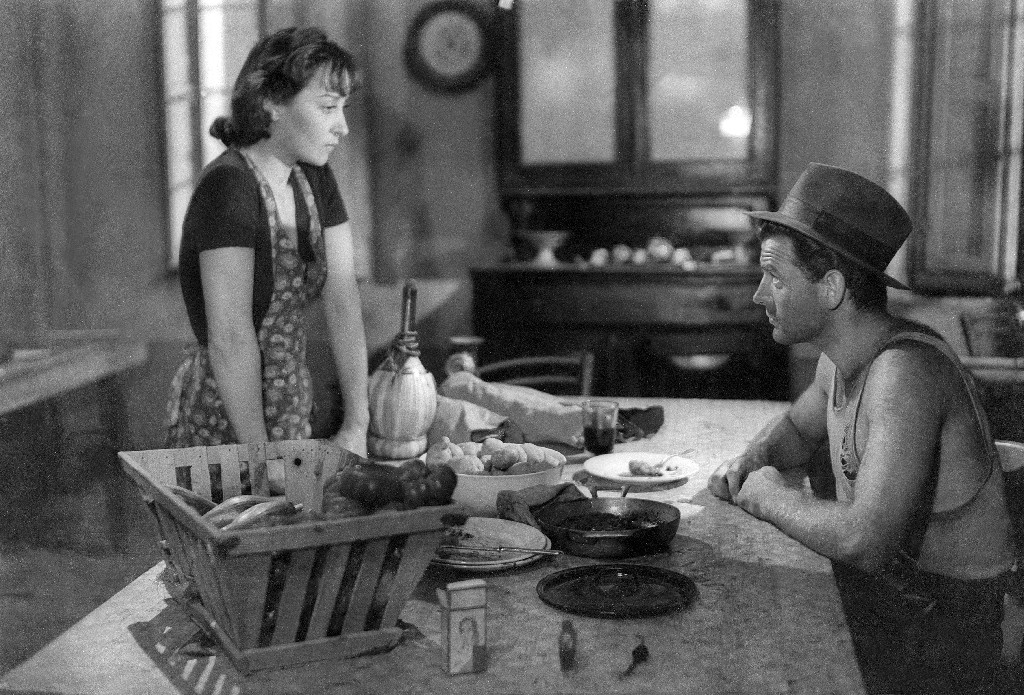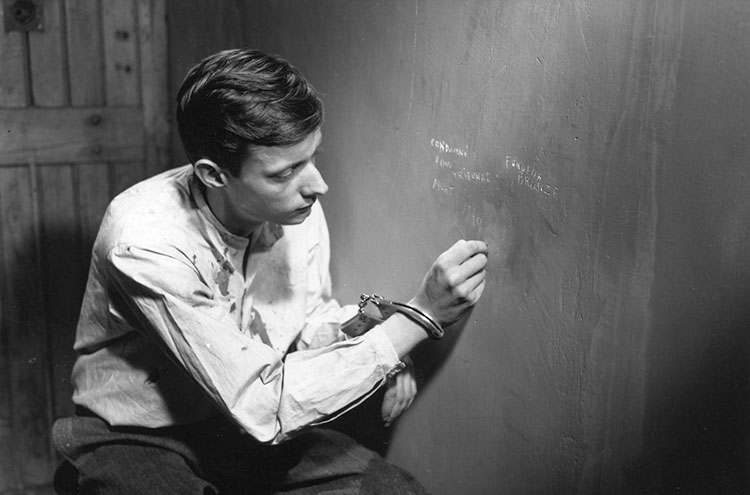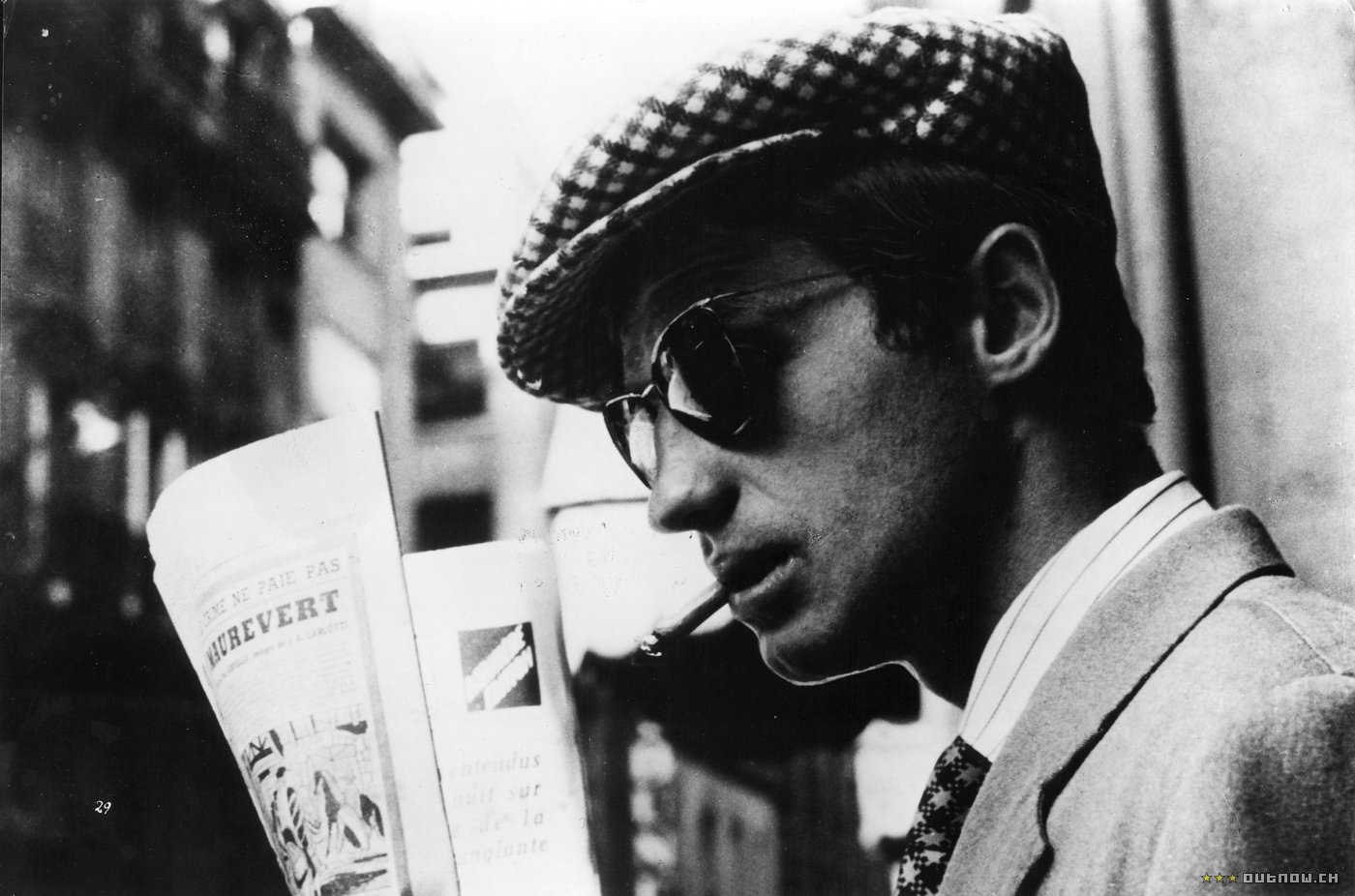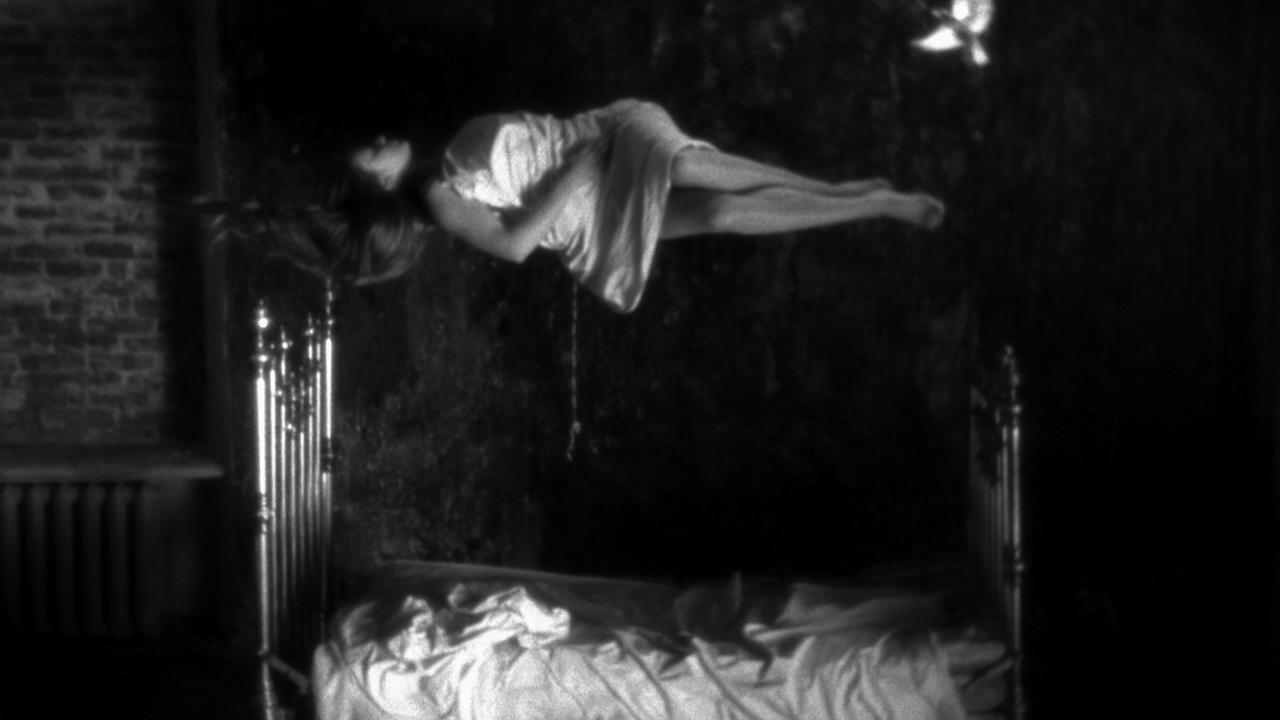6. Ossessione (1943)

The first film of Italian neorealism was “Ossessione,” directed by Luchino Visconti. It was in this film that the documentary-like style and the interest for the ordinary first appeared in Italian cinema.
Even though it didn’t have the maturity of the movement that can been seen later in the decade, with films like “Bicycle Thieves” (1948) or “Germany, Year Zero” (1948), it was with this film that Italian neorealism started. It was after this film that the other pioneers of the movement, Vittorio De Sica and Roberto Rossellini, started to make films that displayed the characteristics of the movement.
The discussion on what exactly is Italian neorealism is complicated, even more due to the fact that many of the directors that are conceived as part of it denied that their films are crafted to be neorealism. But there is indeed a common understatement that these films were a “revolutionary” response to what cinema was until the movement.
The subject change from the problems of the aristocrats to the daily struggle of the lower classes, along with a depurated language, allowed the Italians to make films that told stories completely different from what the world had seen from cinema until then.
7. A Man Escaped (1956)

The earliest of Robert Bresson’s masterpieces, the French master who influenced filmmakers such as Andréi Tarkovsky, Michael Haneke and Aki Kaurismäki. The first film to display at its highest the ascetic, precise and uncompromised style of Bresson. In this film, the emotional and psychological struggle of a man who tries to escape a prison is portrayed with a style that was depurated in order to be “pure cinema,” free from the influences of theater and other arts.
Bresson had the idea that cinema should develop a language of its own, one that used only the juxtaposition of fragments that were not meaningful on their own, but were meaningful in relation to the structure. In these films, the acting is not important: according to Bresson, acting is a falsehood in cinema and thus should be avoided.
In a more Soviet kind of cinema, emotion is created only by the mechanism of cinema (or at least the ones that Bresson thought to be exclusive to cinema). In “A Man Escaped,” we see a cinema of details and glances which become meaningful at the same time that they are ambiguous.
8. Breathless (1960)

It started in Cahiers du Cinéma, as a rebellion against the common idea of what great cinema was, making new valuations of directors that had been neglected until that day. The rebellion of these critics transformed into a rebellious film movement where they were able to make their films and start the French New Wave. One of the first films made in this movement was directed by Jean-Luc Godard, and it defied several rules that had not been questioned until then.
The fact that the films of the French New Wave were produced under very independent schemes allowed directors such as Godard to craft with a much more personal manner, to take risks that were not taken before in cinema, and to tell stories with subjects and mechanisms that had been never seen before.
One of the main trait of “Breathless” is the use of montage. The abrupt editing and the transitions are examples of how the films of the French New Wave started to break the rules of cinema and thus push the boundaries of a language that, according to them, had begun to grow stagnant.
9. Persona (1966)

Ingmar Bergman was a mature filmmaker by the time he made “Persona,” and perhaps it was due to his reputation that he was even able to make this film. It was after masterpieces such as “Wild Strawberries” (1957), “The Seventh Seal” (1957) and “Winter Light” (1963) that Bergman decided to make one of his most challenging films. He collaborated with his longtime crew of actors and techniques who were accustomed to working with him, he said that the script of the film was a partite which his collaborators would help turn into music.
The film involves a complex interaction between a character who remains silent for most of the film, and another who tries to make her talk, and due to his failure she starts talking about herself. The characters are the subjects of a very complex psychological process which Bergman portrays through the several techniques that cinema as a mature art had, and that he as a mature filmmaker understood. Thus, the film reflected through the singularity of its grammar and the singularity of its story.
10. The Mirror (1975)

Andréi Tarkovsky struggled to make each and every one of his seven films, and it was probably “The Mirror”, the film that was hardest for him to make other filmmakers believe in.
Deeply autobiographical, this may be the most personal film of Tarkovsky, who once claimed that at any moment if he felt he was doing something that someone else has done before, he would immediately change it. The plot of the film defies any attempt to summarize it: it has no clear dramatic episodes, and instead it displays several fragments in the life of several characters with no clear connection.
It is an extremely ambiguous film that creates a language of its own. The singularity of the language used in this film is that it relies heavily on the viewer. Tarkovsky put the viewer in an active position, with the responsibility to interpret what he or she is seeing in its own terms.
With this film, the Russian master proposed a different kind of cinema from the one that had been done until then, in which the viewer is led through the emotional and psychological journey of a character.